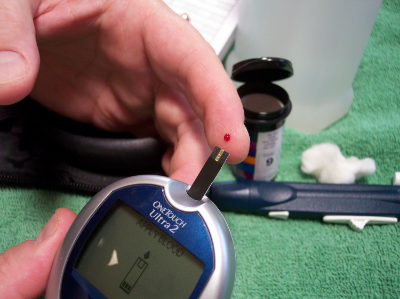The composition of the vaginal microbiome has been shown to have major health implications for a female’s health as well as the health of a newborn infant. During birth, microbiota transfer from the mother to the neonate, which eventually go on to colonize the gut of the child. It has already been shown that disruptions to the vaginal microbiome can impact microbiota colonization in the gut of a neonate, but downstream implications of this have not been thoroughly explored.
Researcher’s from University of Pennsylvania set out to examine whether maternal stress in mice, and subsequent changes to the vaginal microbiome, could lead to disruptions in the gut microbiome of their progeny. Expanding upon this, the researchers further investigated whether these disturbances to the gut impaired metabolism. This transfer of microbiota occurs during a critical time in brain development, which requires a lot of energy and therefore effective metabolism to fuel this process. The researchers wanted to identify whether or not maternal stress could disrupt the brain development process by way of alterations to microbiome transfer from the mother to its progeny and a subsequent disrupted metabolic process.
Male C57 mice and female 129S1 mice were used in this study and were bred to form a hybrid F1 generation. Stress was administered to the female mice using a well-established behavioral paradigm known as the early prenatal stress model. Pregnant mice assigned to the EPS-stress group were exposed to a series of stressors (8 in total), but pain was not induce nor did these tests directly influence feeding schedule, weight gain, and litter size.
Animals were then sacrificed and vaginal lavages were collected to examine bacterial composition between stressed (EPS) and non-stressed groups. Quantitative PCR was used to characterize the microbiomes of the female mice and their offspring. Lactobacillus, the predominant bacteria populations in the vagina, was significantly disrupted in the EPS group. There was a reduction in Lactobacillus in the guts of F1 progeny as well.
Colon and plasma metabolic samples were examined in the F1 hybrid generation by extracting fatty acid metabolites using centrifugation. Analysis showed that metabolic profiles were significantly different between groups. Namely, of 29 signature metabolites assessed, 6 were increased and 23 were decreased in EPS progeny as compared to the control groups.
Brain samples of the F1 hybrid generation were collected and amino acid concentrations were analyzed to assess substrate availability in the developing brain. The F1 offspring from the EPS group displayed significantly less amino acids. Interestingly, amino acids in a hypothalamic region of the brain were shown to be deregulated, and these concentrations were much lower in males as compared to females.
It was interesting to see differences in amino acid availability in the hypothalamus between males and females in light of the fact that there are gender biases in neurodevelopmental disorders such as autism spectrum disorder. Hopefully future studies can elucidate more on the microbiome to see how it relates to human behavior and brain disease.


